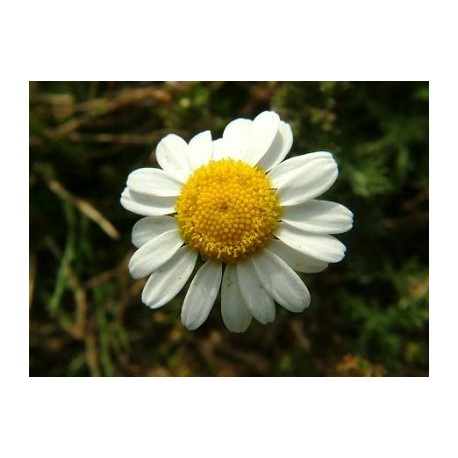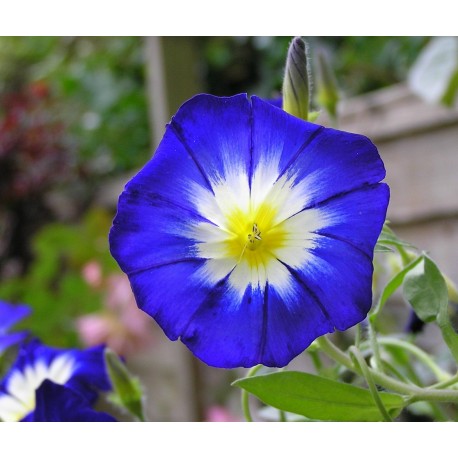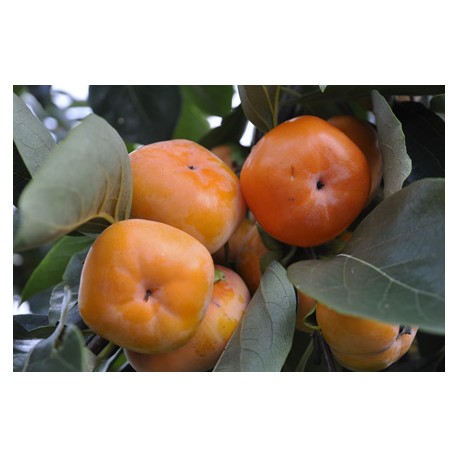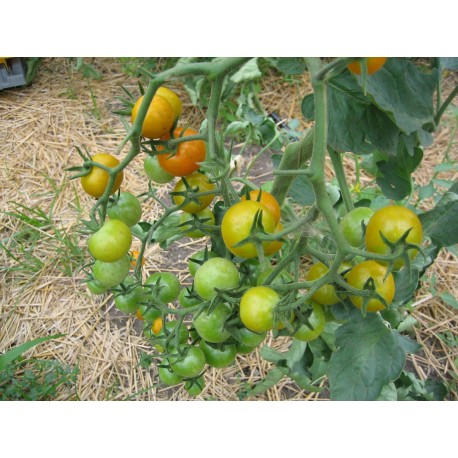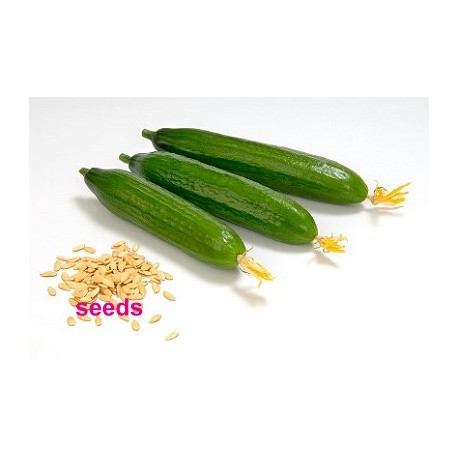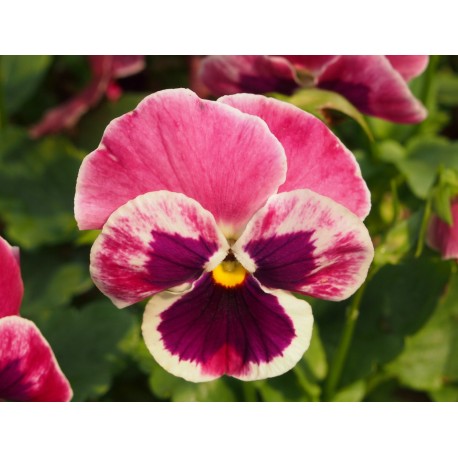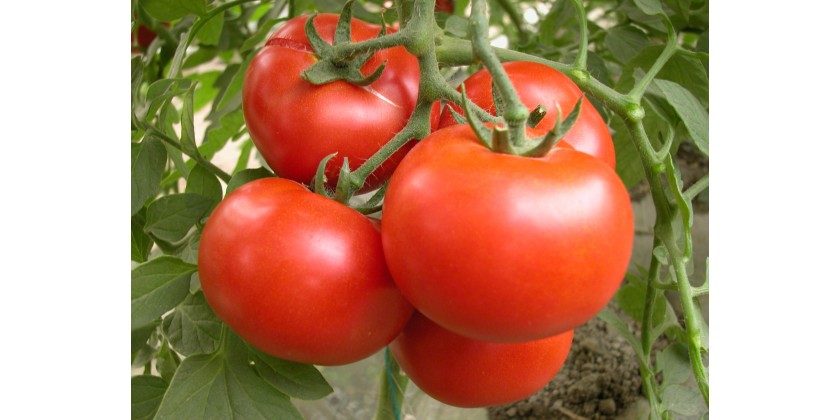Steps:
1. If it is your first time to plant tomatoes, you can buy a small plant of tomatoes, and then pant it in your garden. But if you already had planting experience, it is easier for you to start planting them from seeds.
2. If you decide to plant from the seeds, you can place them in the greenhouse or beside the indoor window with enough sunshine for 1 month, and then move them to the yard.
3. If the indoor sunlight is very poor, you can hang a lamp 5 cm above the plants, and then light them during the growth of seedlings. When the seedlings are 15-25 cm high, you can move them to the yard.

No necessary to buy taller seedlings with higher price, unless you miss the best season.
You’d better plant different species at the same time to make sure you can harvest something.

One plant of tomato needs one basin 20 cm in diameter.
Or you can plant the seedlings in the trays, every six seedlings a tray. Plant every seedling in the area about 3 cm in diameter.
Preparation for planting
Put the plants to the place with enough sunshine. Every day, tomato plants need to place in the sun at least 7 hours to get the best taste.
Note: When it becomes hot, and the lowest temperature reaches 24 ℃ at night, please stop planting tomatoes. Those already planted will grow well. But the tomato seeds can’t sprout in such hot weather.
The date of moving the tomato plants to outdoors can’t later than the best date too many days, otherwise it is too late. (If the night temperature becomes high, it isn’t suitable to move them outdoors)

You should put a large number of compost (25-40 kilograms per square meter) into the soil of the yard in advance, and let them ferment sufficiently. Bury the compost into the top soil of 6-8 cm. The growth medium of tomatoes needs rich organic matters.

Planting process
You need to bury the tomato seedlings deeply into the soil. The soil needs to cover 50%-75% length of the seedlings (especially those have long and slim stems before transplanting). It doesn’t matter to cover the lower leaves. The stems which are buried in the soil will grow new roots, and promote the plants growth. The growth of the roots needs most attention during transplanting.

After planting the seedlings, you should water every plant with 4-litre warm water( about 27℃) within 10 minutes.

Plant every 2 plants of tomatoes with the interval of 45-90 cm. If the climate is warm, especially using tomato cages, you can reduce half interval. The tomatoes can spread freely with normal interval. If grow in the cage densely, the leaves of the tomatoes will cover each other’s fruit, and prevent the high-temperature sunlight, which also helps to get sweeter fruit.

Don’t forget to remain enough space for you to go in for watering, weeding and picking the fruit. Those lovely little tomato seedlings will grow up soon!
Watering
Within 7~10 days after transplanting, water every plant with 500 ml warm water every day.

One or two weeks after transplantation, place a layer of dry grass or pine needles to control the weed and help the soil stays wet even in the dry weather. This covering needs to reach 2.5 cm thick, and at least cover the surrounding area about 30 cm in diameter of every tomato seedling. In particular, the pine needles can help to improve the acidity of the soil.

Drip irrigation or use porous pipes to water are better than water them directly from above, because the latter will increase the prevalence of the plants. Tomatoes are especially easier to get sick because of that.
10 days after transplantation, widen the time interval of twice watering, and make sure the plants can get 2.5-7.6 cm rain every week. Two weeks after transplantation, if there is no rain, water every plant of tomato with 7.5 ml water every week.

Water them 2-3 times a week, must be drenched. And water each plant with 3-4 liters water every time. When the seedlings become stronger and the weather becomes hotter, the water volume should be increased, too.
During the hot and dry weather, you can increase the water and the frequency of watering.
Set up supporting stakes or cages
14 days after transplantation, you can consider setting up tall stakes or tomato cages to support the growth of the tomato vines.

The stake must be at least 1.3 x 5 cm thick and 1.8-2.4 m long. The stake needs to insert into the soil 30-60 cm deep, and at least 5 cm far from the plants. Wire the plant and the stake together. Tie 2 laps loosely so that it won’t strangle the plant.
「Fixed type」when the tomatoes grow into a certain height and size, they will slow down the growth speed, and even stop growing. 「Unshaped type」tomatoes grow constantly and spread on the ground.
The tomato cage needs to be at least 1.2 m high. If the plant grows well, the cage needs to be higher. Some tomatoes will grow into 1.8 m tall in the cage. Then you need to insert the stake and tie the cage with the stake. Furthermore, please note that if the tomatoes are very heavy, they will bend the cage, and the summer storms will also collapse the cage. During the growth of tomatoes, please let their leaves and stems grow in the cage.

Fertilization
You make decision about using chemical fertilizers or not. Don’t use lawn fertilizer. Percentage of the minerals in the lawn fertilizer is only good for the growth of the stems and leaves, but not for fruiting. You need to find out the vegetable fertilizer which is good for fruiting. If you use organic fertilizer, the tomatoes will grow very well. If you use chemical fertilizer, you’d better use only half of the fertilizing amount which is suggested on the package. Meanwhile, increase the frequency of fertilizing so that it can avoid the soil becoming too rich or too poor caused by long fertilizing interval.

Over fertilization will cause the plants to grow too fast, and make them easier to get sick and cause worms.
Please remember that your target is to harvest tomatoes, and not for letting them to grow leaves only. Excessive fertilization or choosing a wrong fertilizer will cause the plants to grow leaves only, but not fruit.
When the tomato plants start blossom and pollination, you need to shake the stems gently to help the plants pollinate. Once to twice a week, 5 seconds every time. Experts confirm that shaking the stems can help the pollens spread more evenly, thus increase the output of tomatoes.

Fruit
40 to 90 days (about 60 days) after transplanting, the plants begin to fruit. In the beginning, the fruit is small and green, so you need to wait patiently until the fruit becomes big with brighter and deeper color. That means the fruit has already ripened and you can get ready to harvest. If the flesh tastes slightly soft, it also means the fruit already ripened. Attention: you can only pick tomatoes with your whole palm. Don’t use the fingertips to pinch it which will squeeze the fruit.

Please also note that don’t let the tomatoes become too ripe, or the fruit will be too soft.
The ripe tomatoes, sweet corns, green peppers and some plants will be stolen by the birds, opossums, raccoons and some dogs.
If you like, you can harvest the fruit in advance, and place them indoors to let them ripen. When the color of the fruit start turning into the completely ripe color, you can pick it anytime, and then place it on a sunny windowsill, so that it won’t rot on the vine because of too ripe, or eaten by the birds or squirrels outside.

But the tomatoes which ripen naturally on the vine will taste sweeter. So you need to find a balance between the risk of not to pick and good taste.
Next, we will have part 2 to introduce that, please monitor closely.
Try it & Buy now!











